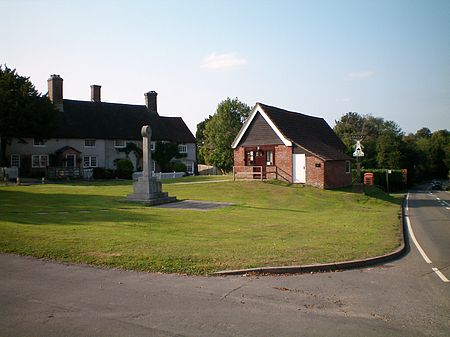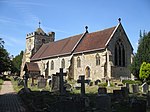Chailey

Chailey is a village and civil parish in the Lewes District of East Sussex, England. It is located 7 miles north of Lewes, on the A272 road from Winchester to Canterbury. The Prime Meridian passes just to the east of Chailey. The parish consists of the settlements: South Chailey (which also incorporates South Common), South Street, Chailey (also known as Chailey Green) and North Chailey (which incorporates the North Common). The parish church is dedicated to St. Peter and is recorded as having been built in 1256. Recently a special service was held to commemorate its 750 years. At one time Chailey had more churches than pubs. The churches being St Peter's, St Martin's (within Chailey Heritage), Chailey Free Church, St John's (now housing in South Common), and St Mary's (now housing in North Common), and the pubs being the King's Head, Five Bells, Horns Lodge and the Swan House. In addition it is believed another chapel was sited near the Bluebell railway. Chailey is reputed to be the inspiration for the 1969 children's television series Chigley by Gordon Murray, (along with nearby Plumpton as Trumpton and Wivelsfield Green as Camberwick Green).
Excerpt from the Wikipedia article Chailey (License: CC BY-SA 3.0, Authors, Images).Chailey
Cinder Hill,
Geographical coordinates (GPS) Address Nearby Places Show on map
Geographical coordinates (GPS)
| Latitude | Longitude |
|---|---|
| N 50.96 ° | E -0.01 ° |
Address
Cinder Hill
BN8 4HS , Chailey
England, United Kingdom
Open on Google Maps









